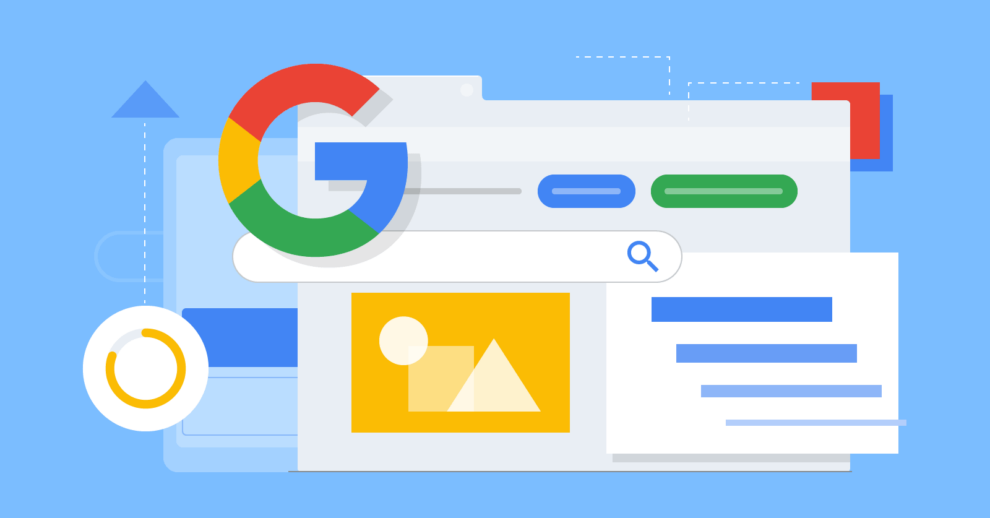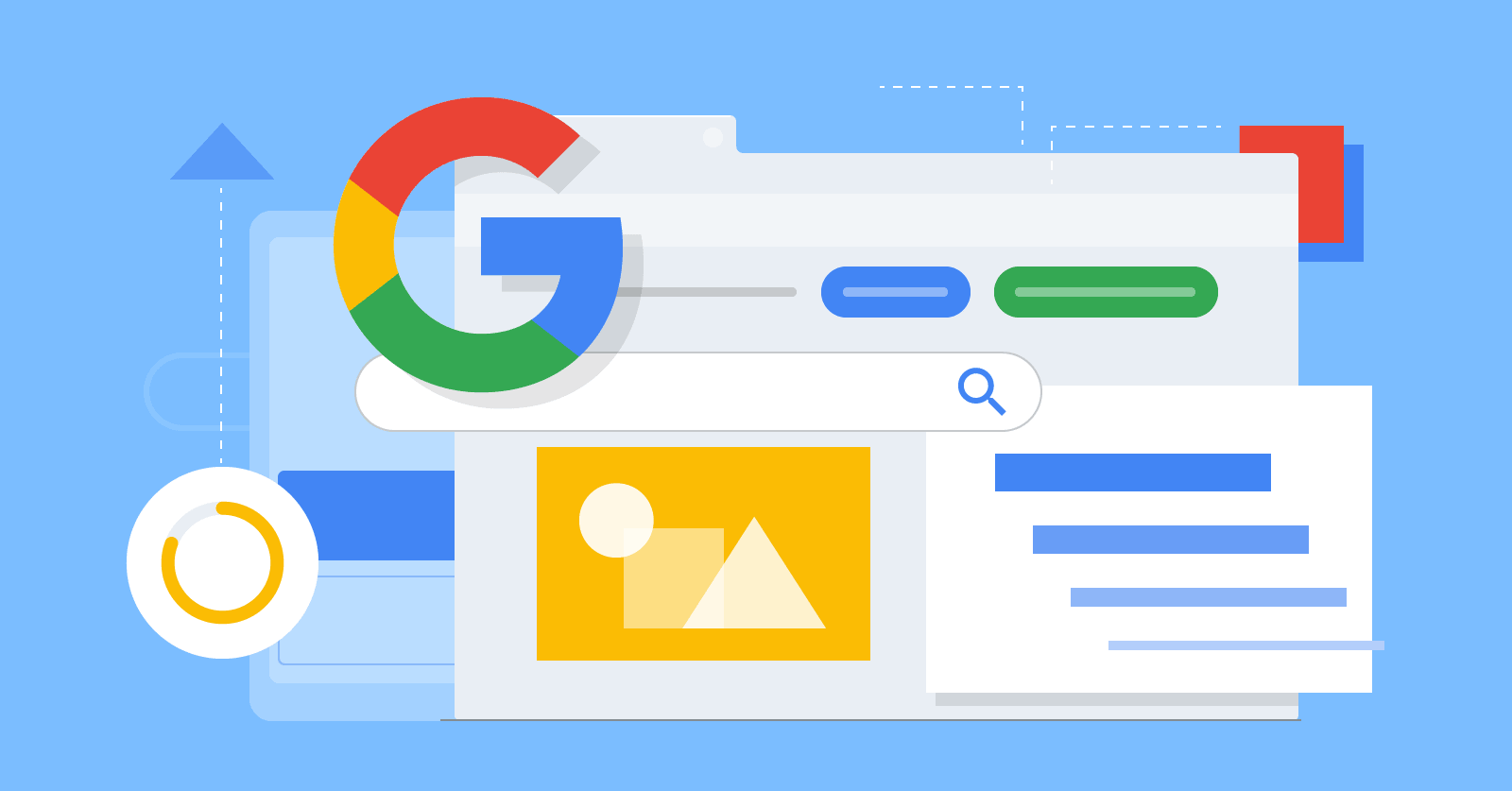In a recent development, Google has made clarifications regarding its page experience updates, emphasizing the importance of user experience in website rankings. This update is critical for web developers, SEO specialists, and businesses striving to optimize their online presence for better visibility in Google’s search results.
Key Highlights:
- Google’s Page Experience update fully rolled out, incorporating Core Web Vitals, mobile-friendliness, HTTPS, and non-intrusive interstitials as key ranking signals.
- The update is not just a tiebreaker but plays a significant role in rankings, especially when content relevance is similar across websites.
- Google clarifies that page experience signals are not a ranking “system” but rather significant ranking “signals” within their core ranking systems.
Understanding Google’s Page Experience Update
Google’s Page Experience ranking factors have been a topic of much discussion. These factors include:
- Core Web Vitals: A set of metrics that measure real-world user experience for loading performance, interactivity, and visual stability of the page.
- Mobile-friendly: The site must be optimized for mobile devices.
- HTTPS: The site must be served over a secure HTTPS connection.
- Non-intrusive interstitials: The content on the page should be easily accessible to the user without intrusive pop-ups or ads.
These updates have been fine-tuned over time to ensure that the metrics are fair and accurately reflect a site’s user experience. Google has indicated that while these updates aim to improve site scores for most websites, the ultimate goal is to reward sites that provide a superior page experience.
Deeper Dive into Core Web Vitals
Core Web Vitals are a set of specific factors that Google considers important in a webpage’s overall user experience. These metrics measure dimensions of web usability such as load time, interactivity, and the stability of content as it loads. The metrics include:
- Largest Contentful Paint (LCP): Measures loading performance. To provide a good user experience, LCP should occur within 2.5 seconds of when a page first starts loading.
- First Input Delay (FID): Measures interactivity. Pages should have an FID of 100 milliseconds or less.
- Cumulative Layout Shift (CLS): Measures visual stability. Pages should maintain a CLS of 0.1. or less.
Clarifications on Page Experience Signals
Despite the technical nature of these updates, Google’s Search Liaison, Danny Sullivan, emphasized that the page experience criteria are meant to serve as guides for improving website usability rather than strict systems that dictate ranking. In a recent clarification, Sullivan noted that while page experience was removed from being categorized as a “ranking system,” it remains a crucial “ranking signal.” This distinction is vital for understanding how Google evaluates and ranks websites.
The rollout of these updates, including changes to the Google News app and Top Stories mobile carousel, aims to enhance user experience across the board. However, it’s important to note that relevance remains a key determinant in ranking, with page experience factors playing a more pivotal role when relevance levels are similar across websites.
The recent clarifications and updates to Google’s page experience documentation highlight the company’s ongoing commitment to improving the user experience on the web. By focusing on Core Web Vitals and other user experience metrics, Google is encouraging website owners to prioritize the needs and preferences of their users. While these updates require careful attention and adaptation, they ultimately serve to create a more user-friendly and accessible internet. As we move forward, the emphasis on user experience is likely to become even more pronounced, making it an essential consideration for anyone involved in web development and SEO.



















